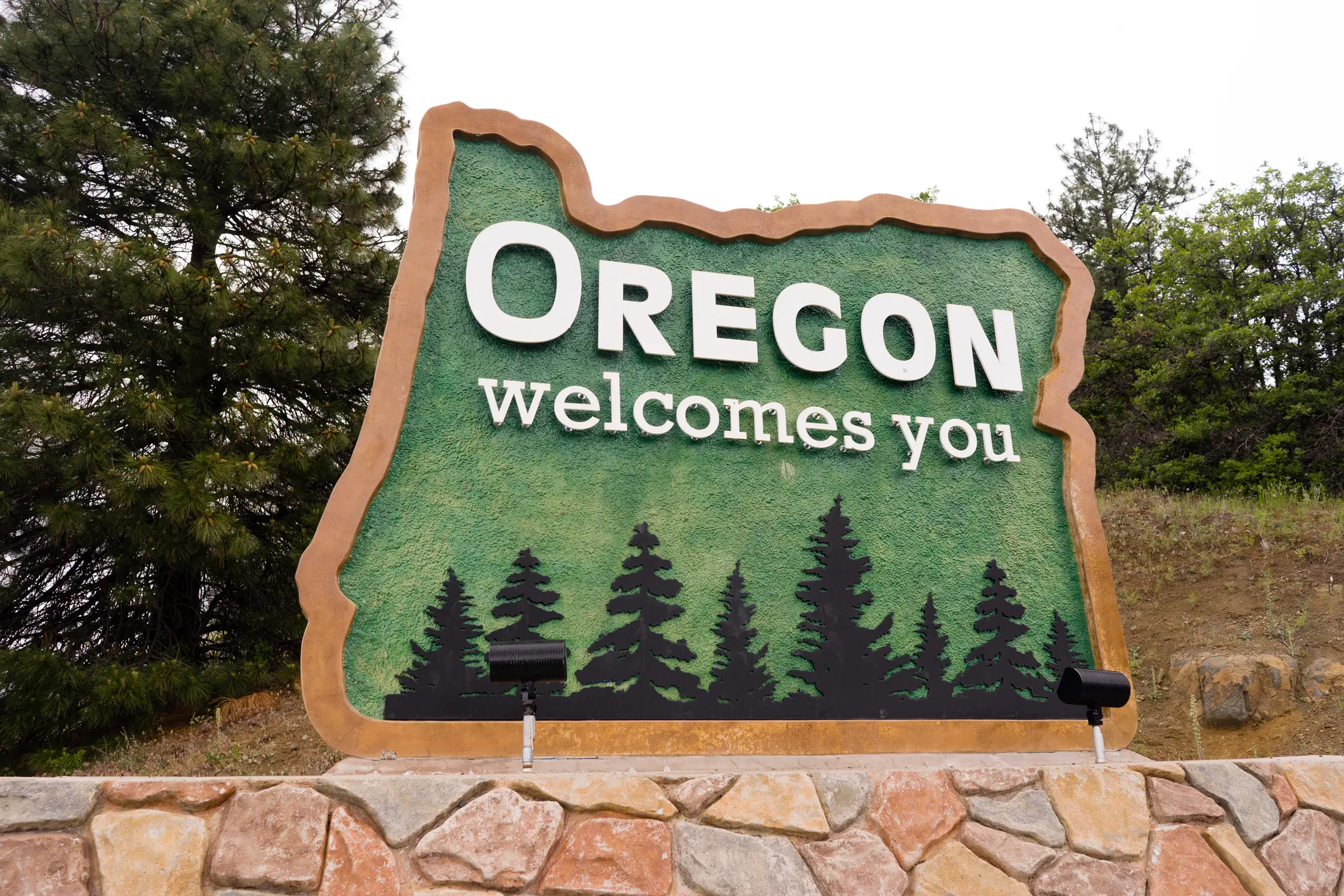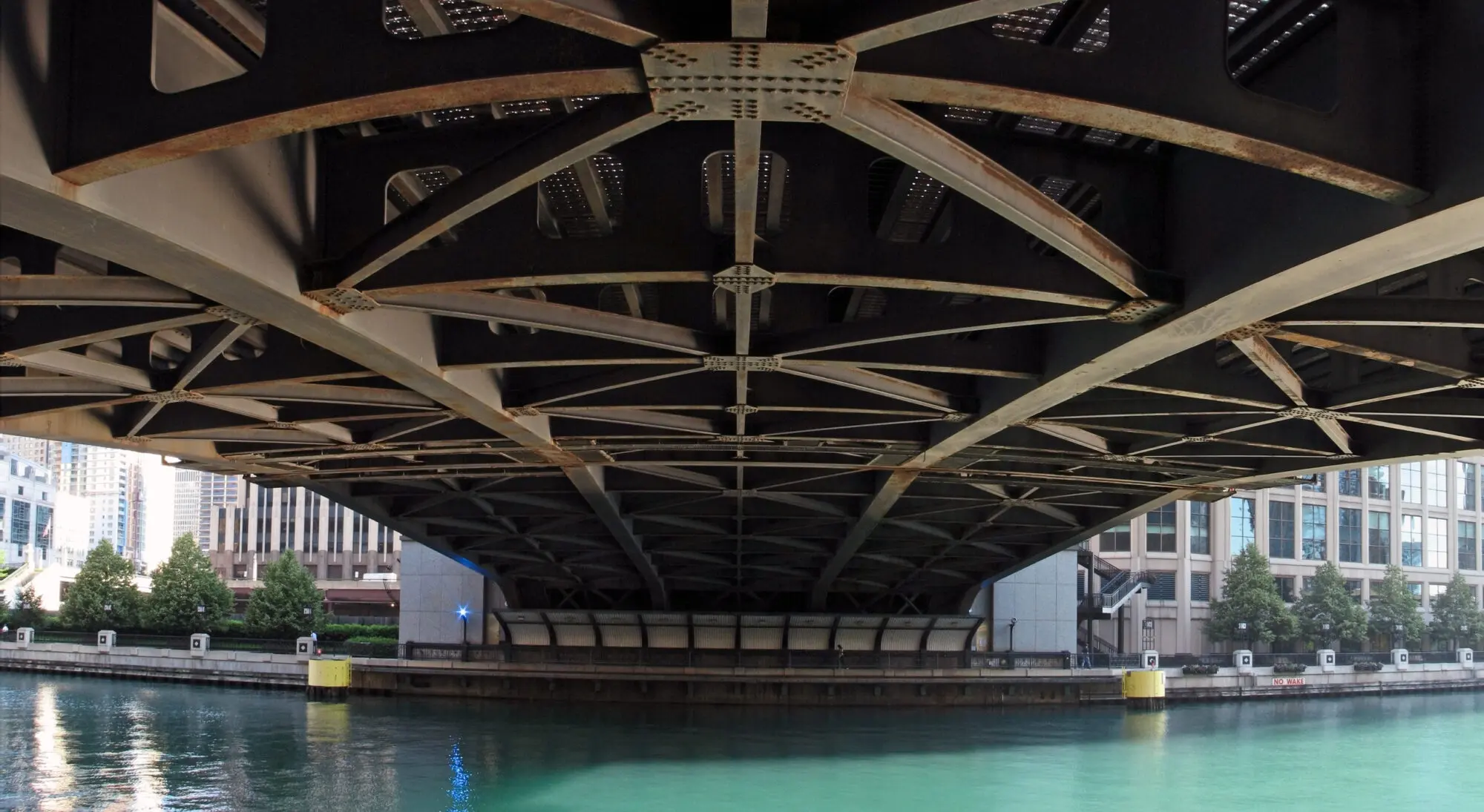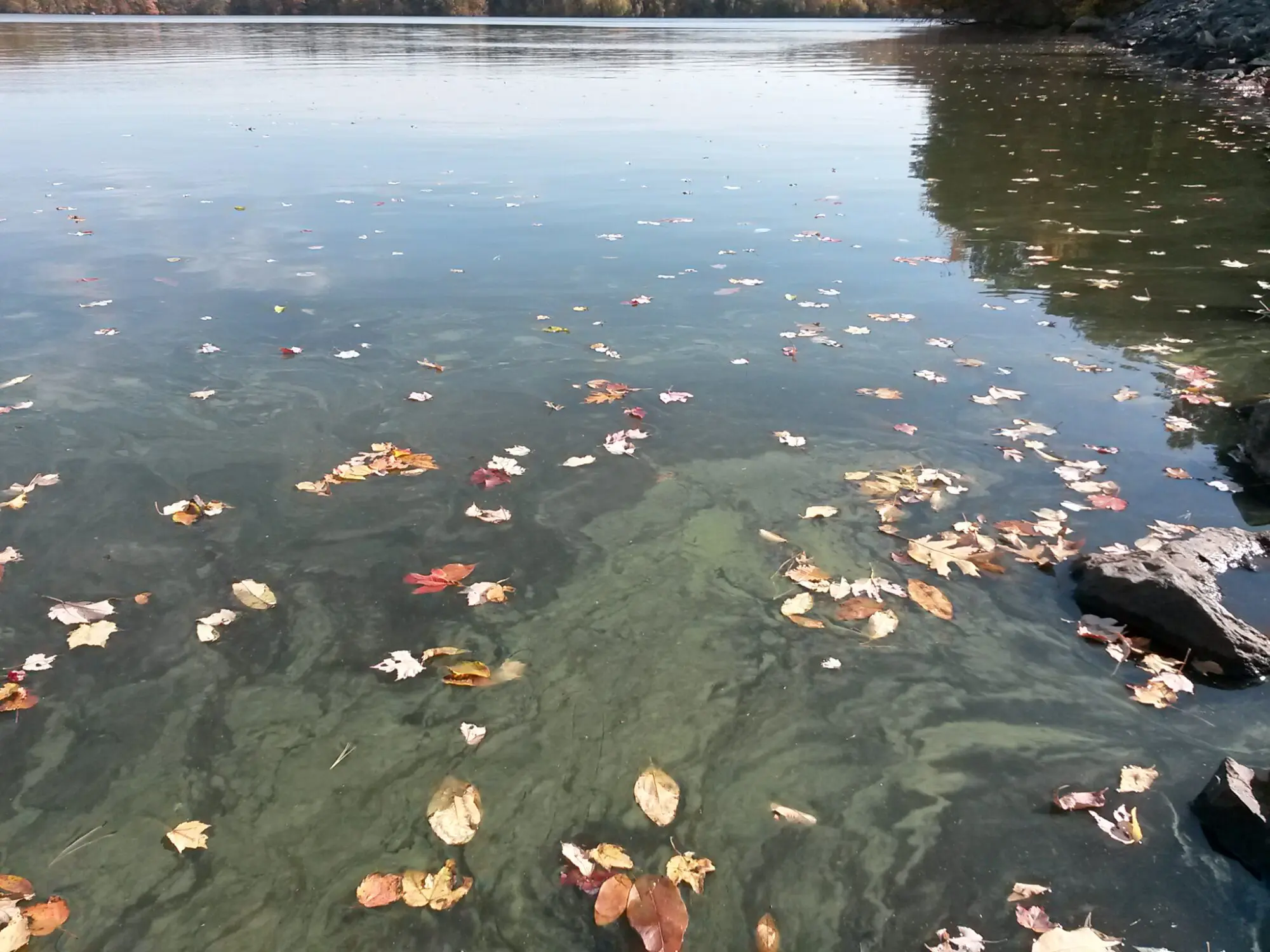Industry’s increased focus on vapor intrusion has escalated to the point where we regularly receive calls from clients saying, “Help! I have a vapor intrusion (VI) problem! How much will it cost to fix?” Perhaps not surprisingly, the answer is always a resounding, “That depends.”
New technologies are emerging, offering multiple methods of mitigating indoor air inhalation risks and meeting increasingly stringent screening levels. However, selecting the proper mitigation for either new construction or building retrofits can be daunting. Mitigation technologies and costs vary widely, depending upon the contaminant and the building construction.
Options, Options, Options…
There is no “one size fits all” solution for VI mitigation. Knowing both the site characteristics and the contaminants of concern is critical to selecting the most cost-effective mitigation option. The varying characteristics of different chemical compounds also have an impact. Mitigation approaches can include:
Ventilation
- Passive methods involve the installation of sub-slab piping connected to risers that run through the building structure; vent vapors to the atmosphere above roofline.
- Active methods add fans to pull vapors from beneath the slab and vent them at the stack.
- Active can be as simple as increasing air exchange rate by installing additional fans to the HVAC.
Pressurization/
Depressurization
- Prevent impacted soil gas from entering the structure using positive/negative pressure barrier.
- Sub-slab depressurization systems are deployed in existing structures by installing collection sumps equipped with extraction fans.
- Can use building’s HVAC system, ‘as is’ or enhanced to increase air flow, but requires routine monitoring and maintenance.
- Increased utility expense – more than that for just ventilation.
Source Control
- Includes vapor barriers, currently a popular approach for new construction.
- Spray-on barriers are easily installed and adaptable to a variety of foundation designs.
- When equipped with a passive venting layer – which can be converted to active – provides a redundant system at an affordable price.
- Covering of interior floor spaces with a low-permeability coating can be added to existing buildings without the need for costly floor removal or modifications.
Source remediation is also a valid approach but often not viable due to cost restrictions, construction deadlines, or the inability to access the source location without extensive intrusion and loss of rental revenue.
The Question of Cost
Implementation and operation & maintenance (O&M) costs are of paramount concern to building developers and owners – this is the tangible number they can relate to their construction and building operation budgets. But the vapor mitigation system should also be viewed as an asset. If the mitigation system is correctly installed and properly maintained, you can alleviate any concerns about using the building throughout the mitigation system’s expected lifetime.
Building size, construction, geographic location, and accessibility all impact pricing. Unit pricing for various VI mitigation methods can range widely, from less than $1 per square foot for simple ventilation approaches to as much as $70 per square foot for sites with significant access issues and higher construction labor costs. New materials combining construction applications, such as VI protection and waterproofing, have also entered the market in recent years. These products are more expensive per square foot individually, but provide combined savings to help meet technical goals while still remaining on budget.
The details make the difference when developing vapor intrusion mitigation strategies, whether for new or existing construction. Building owners, operators and others responsible for indoor air inhalation safety are urged to retain a consultant experience in VI mitigation, as well as conduct a thorough evaluation of current and potential future building uses before investing in any mitigation approach.
Looking for more information on methods and costs? Learn more on our Remediation Engineering page.
And as always, share your experiences in the comments section below.
Contributors to this blog include Graham Crockford, C.P.G., Engineering, Construction and Remediation Practice Lead, Stacy Metz, P.E., Project Engineer, and Darby Litz, L.P.G., Environmental Scientist.
Sharing Our Perspectives
Our practitioners share their insights and perspectives on the trends and challenges shaping the market.

EPA to Include CERCLA Sites and RCRA Facilities in Site Remediation NESHAP
June 23, 2016
EPA has published a proposed rule that would extend the requirements of the Site Remediation National Emission Standards for Hazardous Air Pollutants (NESHAP) regulations to previously exempt soil and groundwater remediation activities under CERCLA and RCRA.

New Paper Examines PCBs in the Built Environment
October 22, 2013
A new paper from the AIHA reviews the issue of PBCs in buildings, evaluates the exposure potential for building occupants, and identifies gaps in the current knowledge base that would help occupational and environmental health professionals better understand the associated public health risks.

Building a More Resilient New York
June 24, 2013
The aftermath of Super Storm Sandy, which caused devastation including property damage, mass power outages and loss of life, has caused us to rethink, entirely, how well prepared we are for these events which were previously thought to be anomalies but which result in long term remediation efforts.

Empowering Stakeholders to Co-Create Solutions that Address Inequity
April 23, 2024
Addressing inequality and ensuring that the benefits of the clean energy transition are accessible to all requires close examination of long-relied-upon processes that may have hidden inequities ingrained within them.
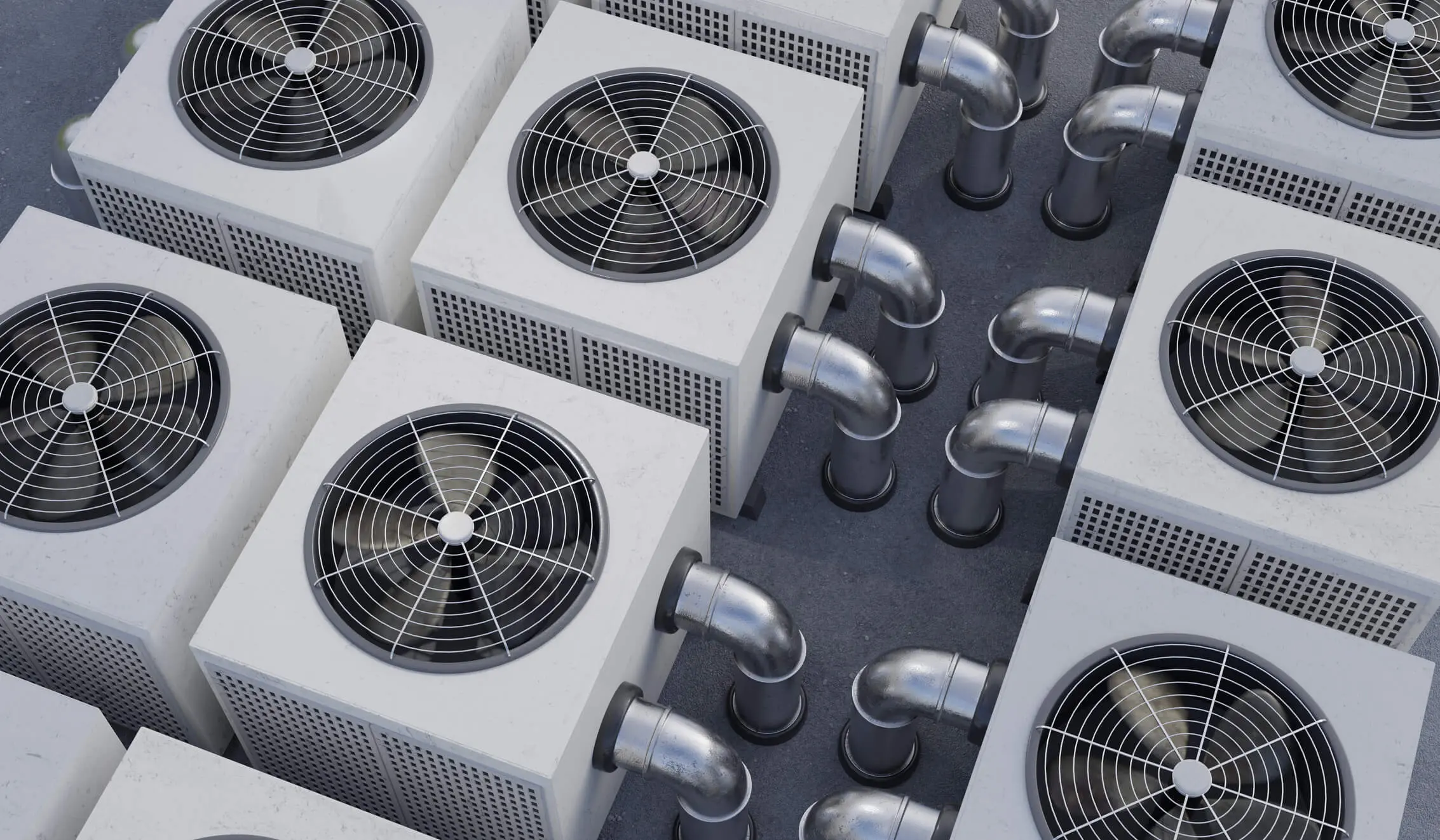
Vapor Intrusion Mitigation – Let Me Count the Ways
March 2, 2020
Industry’s increased focus on vapor intrusion has escalated to the point where we regularly receive calls from clients saying, “Help! I have a vapor intrusion (VI) problem! How much will it cost to fix?” New technologies are emerging, offering multiple methods of mitigating indoor air inhalation risks and meeting increasingly stringent screening levels.

EPA Revises Regulations for Air Conditioning and Refrigeration Equipment
March 1, 2018
The EPA’s has revised its regulations regarding ozone-depleting refrigerant. Learn more about the new rules, which go into effect in 2019.
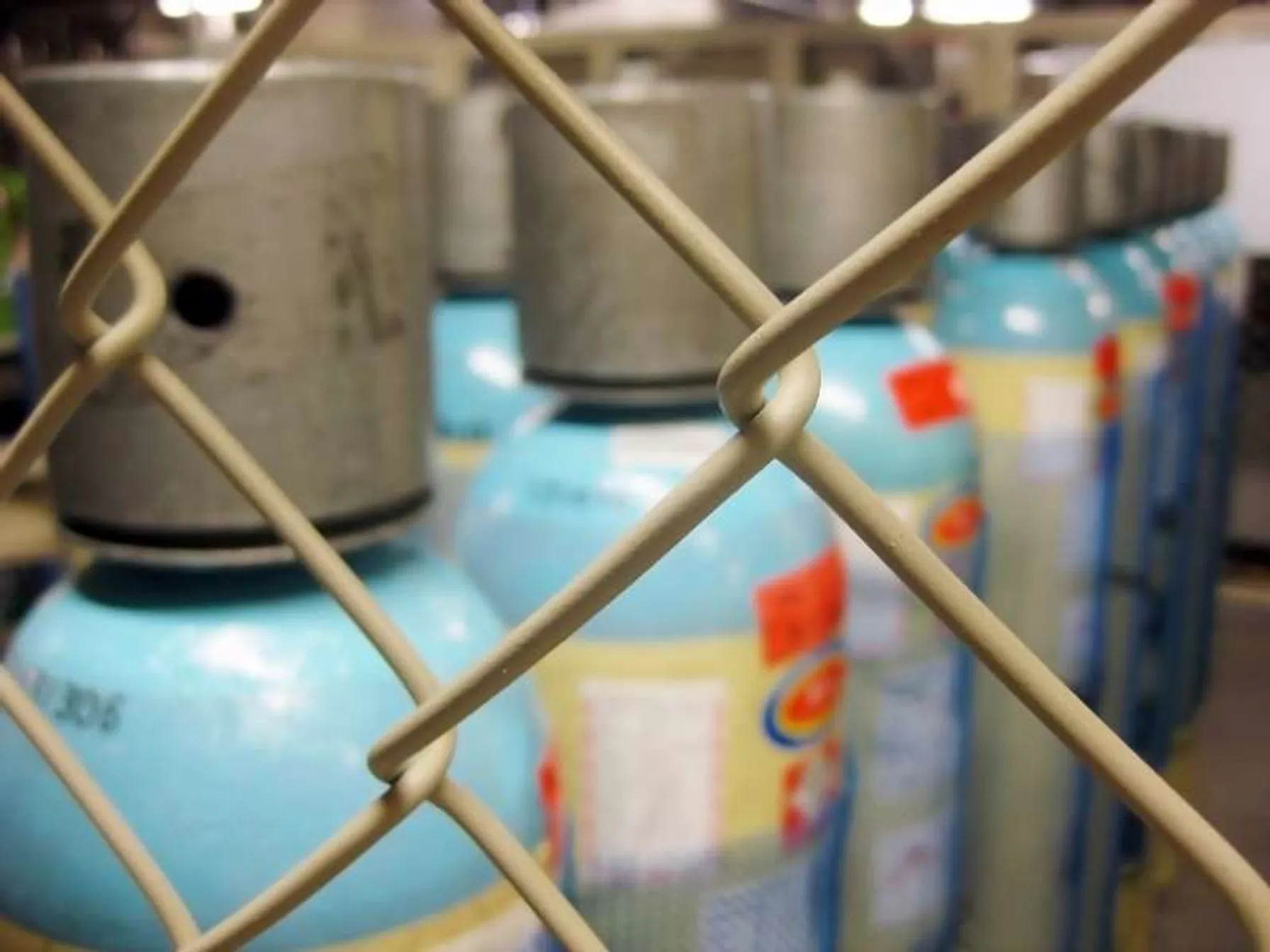
Security Stew: How to Follow the Federal Regulatory Recipe for Safe Chemical Storage
September 19, 2017
Three different federal agencies regulate the storage of chemicals at facilities in the United States – and each for different reasons. Learn about the various rules from the alphabet soup of agencies (DHS, EPA and OSHA) involved and how to keep your business compliant.

Innovative Remedial Concepts to Address Microplastics
August 11, 2023
Microplastics (MP) encompass plastic particles ranging in size from 1 nanometer to 5 millimeters. MP historically appeared in lotions and creams as “microbeads,” which acted as exfoliants. MP also form through different processes including the gradual degradation of larger plastic items over time, which results in the generation of progressively smaller plastic particles. Additionally, textiles and synthetic clothing can form MP from daily wear and tear.
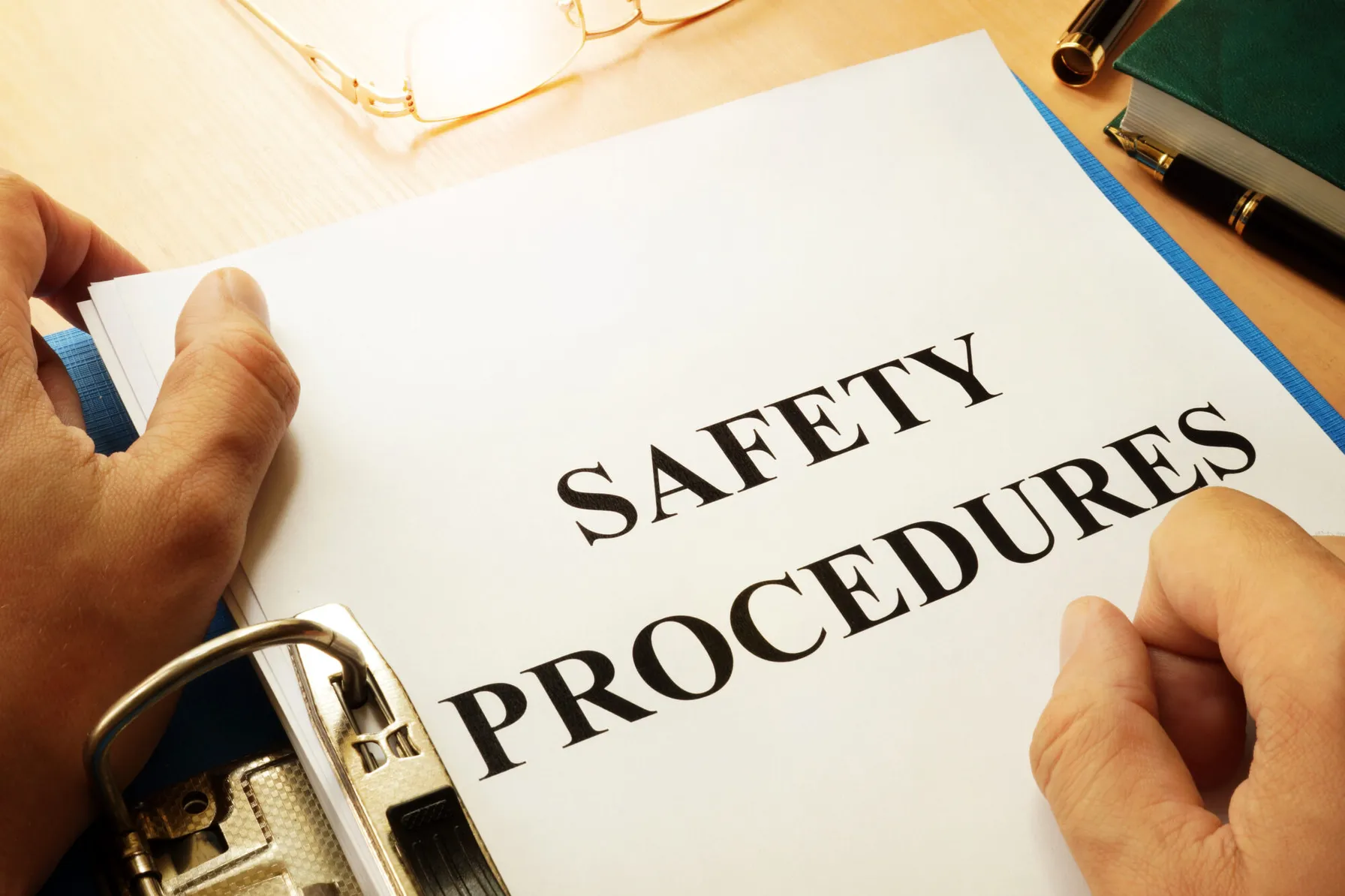
Updating Your Emergency Preparedness Plan
August 8, 2023
This article discusses the importance of updating emergency preparedness plans for industrial, commercial and public facilities. Many regulations require these plans, but they often lack updates to address newer threats, technologies and best practices.

New Jersey Implements Landmark Environmental Justice Regulations
August 2, 2023
A new landmark Environmental Justice (EJ) law is now effective in New Jersey following a lengthy rulemaking process surrounding the New Jersey Department of Environmental Protection’s (NJDEP) Administration Order (AO) No. 2021-25. It is the first rule of its kind and the strongest EJ regulation in the nation.

EPA Proposes Regulation of Green House Gas Emissions
July 10, 2023
This article highlights the EPA’s proposed rules to regulate greenhouse gas emissions from power plants and the potential impact on new and existing fossil fuel-fired facilities.

Air Emissions Permitting: What Analytical Laboratories Need to Know About Compliance
December 18, 2021
The independent testing of liquid and solid samples is a critical way that businesses demonstrate regulatory compliance. The laboratories that perform these analyses are also subject to environmental rules and should closely track their operations to ensure they are meeting compliance obligations.

Need help collecting PFAS samples for NJDEP deadline December 15?
October 7, 2021
NJDES Category B or L Industrial Permit holders – If you haven’t obtained your first PFAS sample yet, time is running out. All New Jersey Pollutant Discharge Elimination System (NJDES) Category B or L Industrial Permit holders are required by the New Jersey Department of Environmental Projection (NJDEP) to collect two representative effluent samples, taken 30 days apart, to be analyzed for PFAS by an approved laboratory and submitted to them by December 15, 2021.

A billion-dollar BrewDog: TRC advises private-equity client on major craft beer investment deal
April 19, 2021
When one of America’s leading private-equity companies decided recently to buy a stake in one of the world’s fastest-growing craft-beer brewers, the deal team sought advice from TRC.

TRC Acquires New Jersey’s Clean Energy Program Contract and Assumes Program Administrator Role
January 17, 2021
NEW BRUNSWICK, NJ and LOWELL, MA. – Jan. 17, 2017 – TRC Companies Inc., a recognized leader in engineering, environmental consulting and construction-management services, today announced it has acquired the contract to serve as Program Administrator of New Jersey’s Clean Energy Program™ (NJCEP), which has provided more than $300 million annually in support to homeowners, businesses…

Vapor Intrusion Mitigation – Let Me Count the Ways
March 2, 2020
Industry’s increased focus on vapor intrusion has escalated to the point where we regularly receive calls from clients saying, “Help! I have a vapor intrusion (VI) problem! How much will it cost to fix?” New technologies are emerging, offering multiple methods of mitigating indoor air inhalation risks and meeting increasingly stringent screening levels.

Security Stew: How to Follow the Federal Regulatory Recipe for Safe Chemical Storage
September 19, 2017
Three different federal agencies regulate the storage of chemicals at facilities in the United States – and each for different reasons. Learn about the various rules from the alphabet soup of agencies (DHS, EPA and OSHA) involved and how to keep your business compliant.
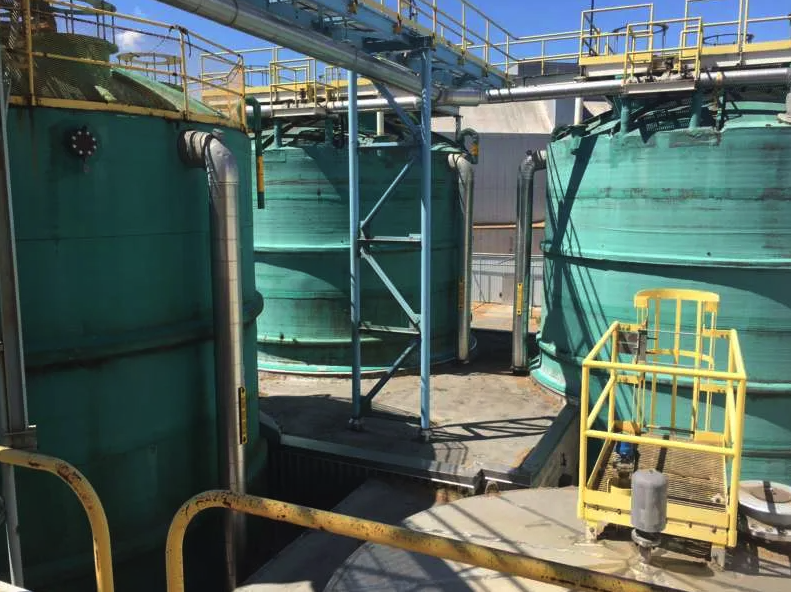
New Issues Emerge Regarding Chemical Security
September 7, 2017
Chemical Security is a developing subject area that gained traction with the passage of the Homeland Security Appropriations Act of 2007, which authorized the Department of Homeland Security (DHS) to regulate the security of chemicals deemed to be of interest to terrorists. The Chemical Facility Anti-Terrorism Standards (CFATS) were developed as a result, and CFATS security requirements now apply to over 300 chemicals handled by a wide range of facilities

EPA to Include CERCLA Sites and RCRA Facilities in Site Remediation NESHAP
June 23, 2016
EPA has published a proposed rule that would extend the requirements of the Site Remediation National Emission Standards for Hazardous Air Pollutants (NESHAP) regulations to previously exempt soil and groundwater remediation activities under CERCLA and RCRA.

New Paper Examines PCBs in the Built Environment
October 22, 2013
A new paper from the AIHA reviews the issue of PBCs in buildings, evaluates the exposure potential for building occupants, and identifies gaps in the current knowledge base that would help occupational and environmental health professionals better understand the associated public health risks.

Building a More Resilient New York
June 24, 2013
The aftermath of Super Storm Sandy, which caused devastation including property damage, mass power outages and loss of life, has caused us to rethink, entirely, how well prepared we are for these events which were previously thought to be anomalies but which result in long term remediation efforts.

Empowering Stakeholders to Co-Create Solutions that Address Inequity
April 23, 2024
Addressing inequality and ensuring that the benefits of the clean energy transition are accessible to all requires close examination of long-relied-upon processes that may have hidden inequities ingrained within them.

Vapor Intrusion Mitigation – Let Me Count the Ways
March 2, 2020
Industry’s increased focus on vapor intrusion has escalated to the point where we regularly receive calls from clients saying, “Help! I have a vapor intrusion (VI) problem! How much will it cost to fix?” New technologies are emerging, offering multiple methods of mitigating indoor air inhalation risks and meeting increasingly stringent screening levels.

EPA Revises Regulations for Air Conditioning and Refrigeration Equipment
March 1, 2018
The EPA’s has revised its regulations regarding ozone-depleting refrigerant. Learn more about the new rules, which go into effect in 2019.

Security Stew: How to Follow the Federal Regulatory Recipe for Safe Chemical Storage
September 19, 2017
Three different federal agencies regulate the storage of chemicals at facilities in the United States – and each for different reasons. Learn about the various rules from the alphabet soup of agencies (DHS, EPA and OSHA) involved and how to keep your business compliant.

Innovative Remedial Concepts to Address Microplastics
August 11, 2023
Microplastics (MP) encompass plastic particles ranging in size from 1 nanometer to 5 millimeters. MP historically appeared in lotions and creams as “microbeads,” which acted as exfoliants. MP also form through different processes including the gradual degradation of larger plastic items over time, which results in the generation of progressively smaller plastic particles. Additionally, textiles and synthetic clothing can form MP from daily wear and tear.

Updating Your Emergency Preparedness Plan
August 8, 2023
This article discusses the importance of updating emergency preparedness plans for industrial, commercial and public facilities. Many regulations require these plans, but they often lack updates to address newer threats, technologies and best practices.

New Jersey Implements Landmark Environmental Justice Regulations
August 2, 2023
A new landmark Environmental Justice (EJ) law is now effective in New Jersey following a lengthy rulemaking process surrounding the New Jersey Department of Environmental Protection’s (NJDEP) Administration Order (AO) No. 2021-25. It is the first rule of its kind and the strongest EJ regulation in the nation.

EPA Proposes Regulation of Green House Gas Emissions
July 10, 2023
This article highlights the EPA’s proposed rules to regulate greenhouse gas emissions from power plants and the potential impact on new and existing fossil fuel-fired facilities.

Air Emissions Permitting: What Analytical Laboratories Need to Know About Compliance
December 18, 2021
The independent testing of liquid and solid samples is a critical way that businesses demonstrate regulatory compliance. The laboratories that perform these analyses are also subject to environmental rules and should closely track their operations to ensure they are meeting compliance obligations.

Need help collecting PFAS samples for NJDEP deadline December 15?
October 7, 2021
NJDES Category B or L Industrial Permit holders – If you haven’t obtained your first PFAS sample yet, time is running out. All New Jersey Pollutant Discharge Elimination System (NJDES) Category B or L Industrial Permit holders are required by the New Jersey Department of Environmental Projection (NJDEP) to collect two representative effluent samples, taken 30 days apart, to be analyzed for PFAS by an approved laboratory and submitted to them by December 15, 2021.

A billion-dollar BrewDog: TRC advises private-equity client on major craft beer investment deal
April 19, 2021
When one of America’s leading private-equity companies decided recently to buy a stake in one of the world’s fastest-growing craft-beer brewers, the deal team sought advice from TRC.

TRC Acquires New Jersey’s Clean Energy Program Contract and Assumes Program Administrator Role
January 17, 2021
NEW BRUNSWICK, NJ and LOWELL, MA. – Jan. 17, 2017 – TRC Companies Inc., a recognized leader in engineering, environmental consulting and construction-management services, today announced it has acquired the contract to serve as Program Administrator of New Jersey’s Clean Energy Program™ (NJCEP), which has provided more than $300 million annually in support to homeowners, businesses…

Vapor Intrusion Mitigation – Let Me Count the Ways
March 2, 2020
Industry’s increased focus on vapor intrusion has escalated to the point where we regularly receive calls from clients saying, “Help! I have a vapor intrusion (VI) problem! How much will it cost to fix?” New technologies are emerging, offering multiple methods of mitigating indoor air inhalation risks and meeting increasingly stringent screening levels.

Security Stew: How to Follow the Federal Regulatory Recipe for Safe Chemical Storage
September 19, 2017
Three different federal agencies regulate the storage of chemicals at facilities in the United States – and each for different reasons. Learn about the various rules from the alphabet soup of agencies (DHS, EPA and OSHA) involved and how to keep your business compliant.

New Issues Emerge Regarding Chemical Security
September 7, 2017
Chemical Security is a developing subject area that gained traction with the passage of the Homeland Security Appropriations Act of 2007, which authorized the Department of Homeland Security (DHS) to regulate the security of chemicals deemed to be of interest to terrorists. The Chemical Facility Anti-Terrorism Standards (CFATS) were developed as a result, and CFATS security requirements now apply to over 300 chemicals handled by a wide range of facilities

EPA to Include CERCLA Sites and RCRA Facilities in Site Remediation NESHAP
June 23, 2016
EPA has published a proposed rule that would extend the requirements of the Site Remediation National Emission Standards for Hazardous Air Pollutants (NESHAP) regulations to previously exempt soil and groundwater remediation activities under CERCLA and RCRA.

New Paper Examines PCBs in the Built Environment
October 22, 2013
A new paper from the AIHA reviews the issue of PBCs in buildings, evaluates the exposure potential for building occupants, and identifies gaps in the current knowledge base that would help occupational and environmental health professionals better understand the associated public health risks.

Building a More Resilient New York
June 24, 2013
The aftermath of Super Storm Sandy, which caused devastation including property damage, mass power outages and loss of life, has caused us to rethink, entirely, how well prepared we are for these events which were previously thought to be anomalies but which result in long term remediation efforts.

Doug Kilmer
Doug Kilmer, P.G. is Vice President of Renewables and Hydrogen at TRC. He has 30 years of professional experience representing stakeholders’ technical, logistical and financial interests. He is an expert in site characterization, energy siting and permitting, legacy site and remedial risk management, and Brownfield redevelopment. Doug’s expertise includes technical strategy development, regulatory interaction, stakeholder management, peer review, work plan preparation and implementation, and contractor supervision. He has led project teams providing siting, due diligence, development, construction and compliance on more than 10 GW of ground mount and rooftop solar PV, wind, energy storage, hydrogen and biomass/biogas developments. One of Doug’s specialties is supporting development of environmentally distressed properties, also known as Brightfields (e.g., brownfields, Superfund Sites, landfills and coal ash ponds) for solar power generation, hydrogen and power storage across the U.S. His work includes incentives structuring and management. Doug has spoken on this topic nationally and is currently engaged on such projects in multiple states. Contact Doug at dkilmer@trccompanies.com.






